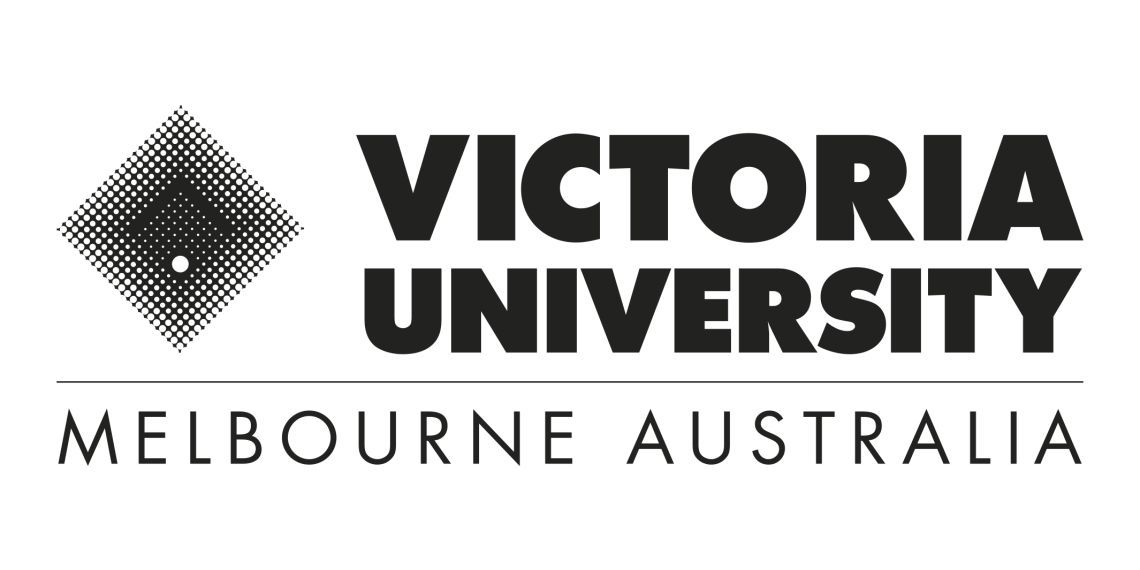Three groundbreaking projects are unlocking new ways for scientists and engineers to recycle waste and decontaminate soil
Research teams at Victoria University (VU) are discovering new ways to harness recycled materials for road construction, concrete production, and devising innovative solutions to combat soil pollution.
Three projects in particular look set to offer significant opportunities for infrastructure developers, land owners and concrete manufacturers, according to Professor Stephen Gray, Executive Director of the VU’s Institute for Sustainable Industries and Liveable Cities (ISILC).
“We already have a commercial partner for one of them,” he said, “and early tests for the other two indicate there’s considerable potential to eventually roll them out at scale.”
Removing PFAS from soil
The first initiative is a partnership with the Environmental Group (EGL) to investigate effective ways to remove per- and polyfluoroalkyl substances (PFAS) from soil, a notoriously difficult process.
PFAS is a major component of firefighting foam, and is found in Teflon, upholstery sprays and sunscreen. It’s also used to prevent moisture getting into car components and mobile phones.
If contaminated soil is left untreated, PFAS can seep into waterways and drinking water. Research on how it affects humans is limited, but tests on laboratory animals have shown adverse effects on liver function, digestion and thyroid hormones. At least 700 Australian sites are affected because of fire service training alone.
“EGL approached us with their patented technology and we’ve developed the processes further,” Gray said. “It’s a forever chemical and doesn’t biodegrade so has to be burnt off at a very high temperature.”
Current techniques cost around $200 per cubic metre of soil, meaning it’s often cheaper to move vast volumes of earth by truck rather than treat it.
The team’s pioneering research includes a trial with Reclaim Waste in Laverton, Victoria. which is already demonstrating positive results.
Building roads with waste
Another study at VU is looking at how introducing recycled materials into asphalt can strengthen roads and lower the amount of carbon required to build them.
The products being tested include demolition waste, reclaimed asphalt pavement and glass. The team has experimented with two innovative pavement systems, each with a different percentage of recycled aggregates in comparison with conventional asphalt, on a stretch of road at VU’s Werribee Campus.
“So far, the mixture containing as much as 80 per cent recycled materials is performing the best,” Gray said.
“It’s early days, but it’s very encouraging. It’s obviously too soon for it to be tried in a major highway, but, if funding becomes available, accelerated tests could mean it’d be ready relatively quickly to use in roads with less traffic.”
No other researchers worldwide have achieved trial findings as promising using such a high percentage of reused aggregate.
Vest-ed interest in concrete
Strict standards apply to hi-vis vests and jackets worn by workers on construction sites and highways. The fluoro materials and reflective strips fade over time, meaning they should be replaced at least every six months.
And one piece of research at VU has found an ingenious way to avoid millions of them ending up in landfill every year.
“Using them as strengthening agents for concrete has never been attempted before,” Gray said.
“The aim is to develop a high-quality concrete mix using the textile fibres and pre-treated cardboard.”
In association with Laing O’Rourke and Assembled Threads, the team hopes that the world-first material, called ‘tex-crete,’ will have environmental as well as cost benefits
“I’m enormously proud of the phenomenal work that ISILC is undertaking,” Gray said. “All three of these programs have already demonstrated a range of likely benefits so we’re keen to talk to potential partners who can work with us to launch them commercially.”
Another opportunity he’s keen to discuss with businesses is supporting PhD students through graduate research scholarships.
“If there’s a project a company wants us to explore that aligns with our areas of research, then a scholarship is a great way to work closely with our students and eventually integrate them as fully trained and highly capable employees,” Gray said.

